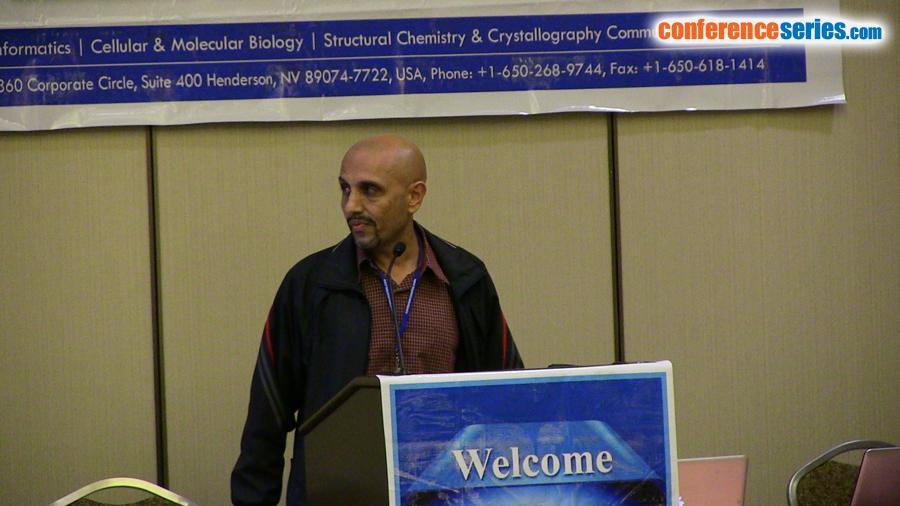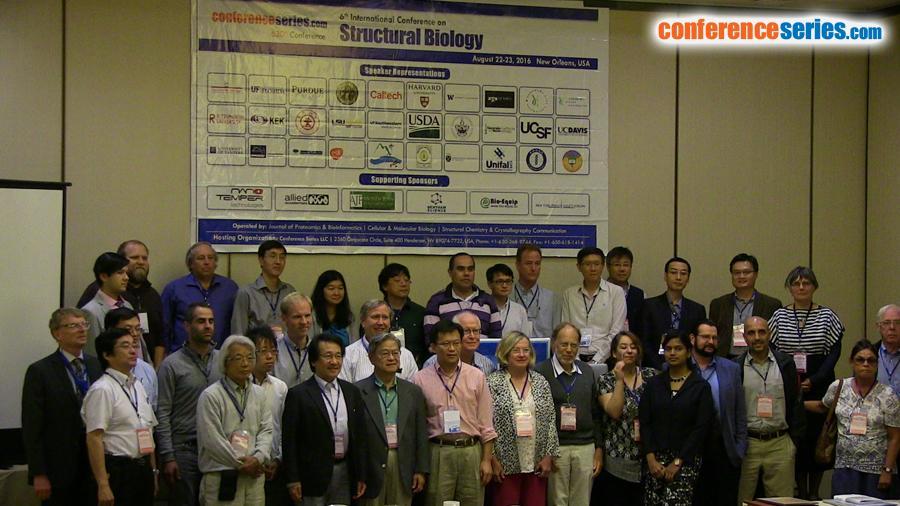
Prasanna R Kolatkar
Hamad bin Khalifa University, Qatar
Title: Integrated methods enable re-engineering of transcription factors allowing cell fate modification
Biography
Biography: Prasanna R Kolatkar
Abstract
Transcription factors (TFs) are key players in early cell development which direct cells towards specific fates. The Sox family of TFs is composed of 20 members which are responsible for directing a wide variety of fates. The ability of highly similar TFs to carry out such distinct outcomes had been a conundrum to date. We have studied several Sox-DNA (HMG domain) structures in my laboratory which all display essentially similar structures. The Sox binding motif is only 6-8 bp long and this once again raises the question as to how specificity can be achieved. We discovered that a critical Sox17 residue involved in protein interaction with its partner Oct4 (POU domain) helps to install specificity of binding to its cognate DNA and consequently give rise to endoderm. Subsequently we were able to re-engineer Sox17 through a single residue mutant and convert it into a potent pluripotent TF by substituting Sox2 in the standard induced pluripotent stem cell cocktail composed of 4 TFs. Next we also studied the genomic profiles of native and mutant Sox TFs through a battery of ChIP-seq experiments to validate the in-vitro results. The integrated application of structural and genomic methods have allowed us to analyze and understand how highly similar TFs can partner each other through key interaction points which give rise to highly specific outcomes. TF function can be altered through modified TF forms as well as novel ligands which could have applications in disease and therapy.




